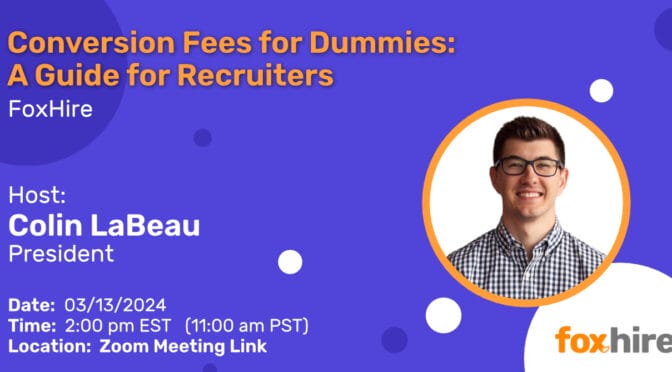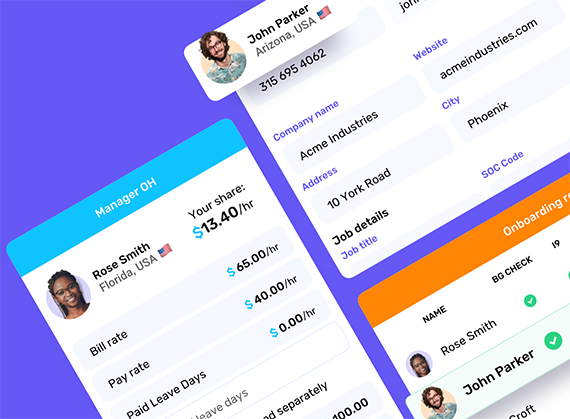The federal versus state law can be challenging. Employers have a patchwork quilt of rules that vary between states and sometimes even contradict each other. Keeping everything straight related to HR issues, such as taxes, benefits requirements, workers’ compensation, and even sick leave, can be challenging. Take sick leave laws. Except for federal contractors, there’s no federal law on the books that requires paid employee sick leave. However, some states do require it, and even a growing number of cities have rules on the books regulating and mandating it. But which cities and states require sick leave? Let’s look at the issue of paid sick leave and what you, as the employer, need to know.
Sick Leave Rules to Understand
The Family and Medical Leave Act (FMLA) requires up to 12-weeks of unpaid leave. An add on to that legislation, Executive Order 13706, established that federal contractors receive paid sick leave. Those rules are fairly easy to follow because they lack the complexity of regulation at the state level.
Currently, the National Council of State Legislatures (NCSL) says there are 13 states and Washington D.C., along with more than 30 cities that require paid sick time. Each of these locations has their requirements, including reporting rules that show you are compliant with the law. This adds a massive level of complexity for employers because, not only did the rules vary by geography, but they are also subject to change every year, making compliance a challenge.
As of this writing, the following states require paid sick leave:
- Arizona
Requires one hour of sick leave for every 30 hours worked. Employers can cap the leave at six days annually. Law applies to private employers and local governments. - California
Requires one hour of sick leave for every 30 hours worked. Employers can cap the leave at six days annually. Law applies to public and private employers. - Connecticut
Requires one hour of sick leave for every 40 hours worked. Employers can cap the leave at 40 hours annually. Law applies to employers with 50+ workers. - D.C.
Requires one hour of sick leave for every 30 hours worked. Employers can cap the leave at six days annually. Law applies to public and private companies. - Maryland
Requires one hour of sick leave for every 30 hours worked. Employers can cap the leave at 40 hours annually. Applies to public and private companies with 15+ employees. - Massachusetts
Requires one hour of sick leave for every 30 hours worked. Employers can cap the leave at 40 hours annually. Applies to public (not federal) and private companies with 11+ employees. - Michigan
Requires one hour of sick leave for every 35 hours worked. Employers can cap the leave at 40 hours annually. Applies to public (not federal) and private companies with 50+ employees. - Nevada
Requires 0.01923 hours of sick leave for every 30 hours worked. Employers can cap the leave at 40 hours annually. Applies to private employers with 50+ employees. - New Jersey
Requires one hour of sick leave for every 30 hours worked. Employers can cap the leave at 40 hours annually. Applies to public and private companies. - Oregon
Requires one hour of sick leave for every 30 hours worked. Applies to public and private companies. - Puerto Rico
Requires at least one day of paid sick leave each month for public and private employers. - Rhode Island
Requires one hour of sick leave for every 35 hours worked. Employers can cap the leave at 40 hours annually. Applies to public and private companies with 18+ employees. - Vermont
Requires one hour of sick leave for every 52 hours worked. Employers can cap the leave at 40 hours annually. Applies to public (not federal) and private companies. - Washington
Requires one hour of sick leave for every 40 hours worked. Employees can carry over up to 40 hours of unused sick time each year. Applies to public and private companies.
However, each state may also have their own sick time rules related to COVID-19. Then there are cities that have jumped into the fray. Berkeley, California enacted their own sick leave ordinance in 2016 that required one hour of paid sick leave per 30 hours worked each year. Los Angeles, San Francisco, Santa Monica, San Diego, and a number of other California cities followed suit. In Sonoma County, Colorado, they passed a law requiring businesses with 15 or more employees to provide on hour of sick leave per every 30 hours worked.
Losing Sleep Over Compliance?
We should mention this list has probably changed already, given the ever-fluctuating nature of rules pertaining to HR. If your company is worried about the risk associated with staying on top of these rules, contact FoxHire. We can eliminate the risk you face on HR compliance issues. Talk with our team to find out more.






